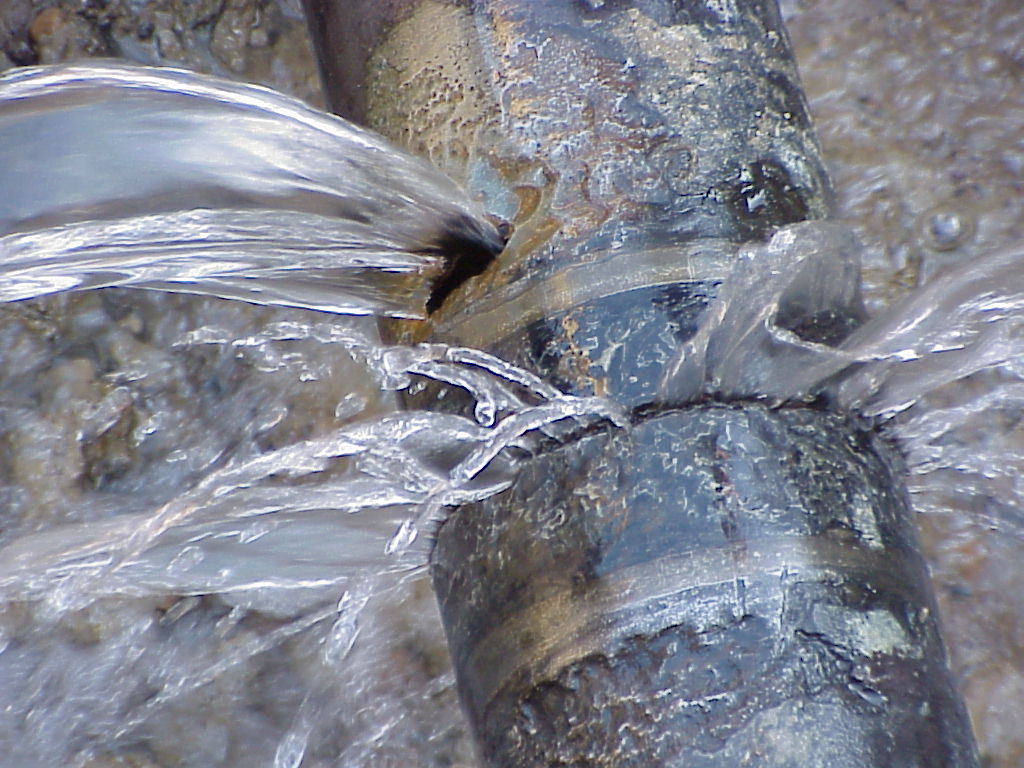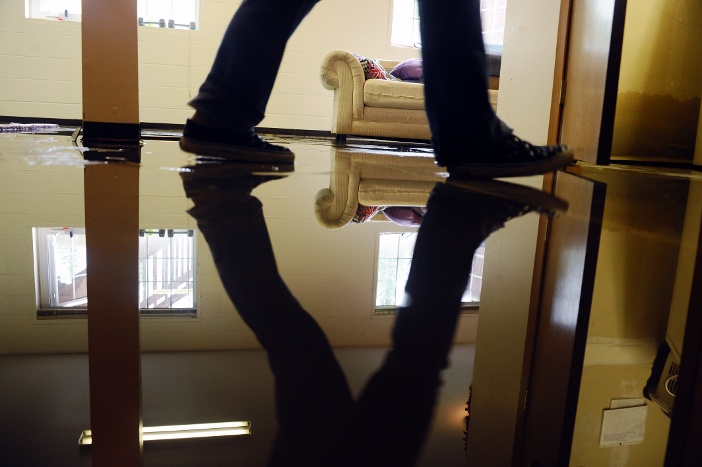Dealing With a Burst Pipe: Learning How to Shut Off Your Main Water Line
Dealing With a Burst Pipe: Learning How to Shut Off Your Main Water Line
Blog Article
We've found this great article about Got a Burst Pipe? Turn Off Your Main Water Valve directly below on the internet and accepted it made perfect sense to relate it with you on my blog.

You must know just how to switch off your primary water line if you experience a ruptured pipeline. Don't wait for a plumbing emergency prior to finding out exactly how to get this done. Besides, other than emergency leakages, you will need to switch off your primary water shutoff for plumbing repair work or if you leave for a long trip. Discover more concerning it in this tiny overview.
Why Must You Close the Main Line Off?
Familiarizing yourself with just how your mainline switches on and off can save you throughout an emergency. For example, when a pipe unexpectedly bursts in your residence, you'll be besieged with panic. Hence, you can easily close the valve off and protect against much more damage if you know what to do. Furthermore, closing this off assures you do not have to deal with an abrupt flood in your home.
On top of that, shutting and opening up the shutoffs every now and then ensures they do not get stuck. It is additionally the best time for you to inspect for corrosion or various other damaged links. Furthermore, make it a point to enlighten various other member of the family on what to do. This makes regular upkeep and dealing with emergency situations so much easier. You can potentially save on your own thousands of bucks in repairs.
Where is This Key Shutoff Situated?
The main water line supply can differ, so you may require to find time to find out where it is. Sadly, when your home is obtaining drenched due to a ruptured pipe, you do not have the luxury of time throughout an emergency. Thus, you should get ready for this plumbing predicament by learning where the shutoff is located.
This shutoff valve might look like a sphere valve (with a lever-type handle) or a gate shutoff (with a circle spigot). Placement depends on the age of your home and the climate in your location. Check the complying with usual places:
Must This Constantly Be Turn off?
Apart from emergencies, repair services, or long trips, you might not require to switch off the major shutoff. For example, so one fixture has problems, you can switch off the branch shutoff in that area. By doing this, you can still use water in other parts of your house. For best outcomes, call a reputable plumber for emergency situations.
Steps to Take When a Pipe Bursts
No one can deny that owning a home is a major expense, especially if it’s a mature model. When it comes to a busted water pipe, the damage can be serious for your home, your possessions, and your health if the mess is not cleaned up properly.
Stop the water
First thing, turn off the water flow when you suspect a pipe has broken, even if you don’t know where the water’s coming from. You’ll find the stop tap on the water main. It is typically located under the kitchen sink or where the main service pipe connects to your house. Every family member should know the location of the water shut-off stopcock for emergencies.
Once the main water switch is off, you’ll need to drain the pipes. To do this, run the cold water on all the faucets. Be sure to flush each toilet at least once. Shut off the hot water heater. Once the hot water system is off, go back to each faucet and run the hot water to drain that supply. When there is no more running tap water, the leak will stop.
Locate the broken pipe and inspect the damage
After draining all the excess water, locate the burst pipe. Inspect the damage and consider where the pipe is located before you run off to the home improvement store. Regardless of the damage or size of the break, a major water pipe will take more time and effort to replace because it holds more water and leads to additional connections, as opposed to a single pipe under the bathroom sink.
If it’s a small break, you might be able to patch it and prevent further damage while saving money. If you use a commercial tape or chemical bonding agent, however, keep an eye on that repair job, because it might burst later and you’ll back where you started.
Repair the burst pipe
Fixing a rupture or crack in non-main pipes is usually fairly straightforward, but it can become expensive depending on the mending material you choose. Here is an inexpensive repair for small cracks and water breaks that also gives you superior hold.
You’ll need an extra-long length of ordinary garden hose and two or three hose clamps or similar grips that produce extreme constriction. Measure the fissure or crack and cut the garden hose about ten inches longer than needed to fill the broken area.
Next, slice the garden hose so you can slip it over the crack or burst in the water pipe. Using the hose clamps or similar brackets, hold the hose portion over the busted area and compress it as tight as it will go. Test your repair by turning on the water.
If the break is larger, use a hacksaw to cut away the portion of the pipe that’s busted. Be sure to cut it about an inch larger on either side of the rupture. When replacing the missing piece of pipe, use pipe spacers and sealant, but do not tighten it too tight. When a compression nut is too tight it causes an ovaling effect that leads to further leaking. If you tightened the compression nut too much and the repair ovals, start with another compression nut.
Bring in a professional drying crew
If the water from the burst pipe is on the walls or ceilings as well as the floor, contact a professional water restoration company. Simply using fans and open windows to dry a soaked area is an invitation to mold, mildew, and even serious illness for your family. You will also want to shut off the electrical power to that area of the house as a precaution against shocks.
If you have successfully restored your home to its original state or fixed a burst pipe on your own, congratulations! Be sure to run the cold water, then the hot water; and don’t forget to flush the toilets before normal usage begins.

Do you like more info about Steps to Take When a Pipe Bursts? Write a short review down below. We will be pleased to hear your feelings about this blog posting. We are looking forward that you visit us again in the near future. Those who enjoyed our article plz do not forget to share it. We treasure reading our article about .
Additional Information Report this page